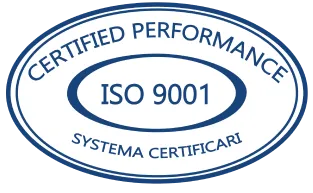Embracing automation is key to streamlining business processes, and integrating JavaScript Python Zapier Make MIF workflows can significantly boost productivity. For businesses and developers alike, the ability to run JavaScript or Python code through automation platforms like Zapier and Make.com (formerly Integromat) is a game-changer. Whether you're aiming to automate data processing tasks, manage complex workflows, or simply connect various applications, these platforms offer a flexible and powerful solution.
Step-by-Step Guide to Running Code on Zapier
For those looking to execute 'python run code' within Zapier, the process is quite straightforward. Firstly, choose the Code by Zapier app within your workflow, selecting the 'Run Python' option as your event. From there, insert your Python code into the designated field and set up any required input data. Upon completion, you can test your code within Zapier to ensure it performs as expected.
How to Execute JavaScript Python Code on Make.com
Make.com offers a similar simplicity for 'how to run a code'. By utilizing the HTTP module, you can make a request to a URL that executes your code. This could be a server where your Python script runs or a node.js environment for your JavaScript code. The key here is the setup of the HTTP request to trigger the code execution.
JavaScript Python Zapier Make MIF as a Subtitle
When bridging 'javascript to python', both Zapier and Make.com offer code steps or HTTP requests to switch between the two languages. This flexibility is invaluable for those who use both languages within their workflows. It ensures smooth transitions and a more cohesive automation system.
Remember, while these platforms are incredibly user-friendly, they still require a foundational understanding of the code you're running. If you're not confident in your coding skills, consider partnering with Makeitfuture's team of experts who can help develop and integrate custom automation solutions tailored to your needs.














.png)
.png)



.avif)
